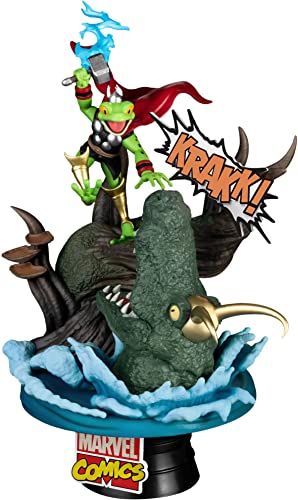devilof76
Super Freak
It doesn't matter if you don't have this mentality though. Once the "base" moves away to something else, the end is near for the product they're leaving behind.
If the company is soliciting to a broader demographic (once they've built an awareness of what they're selling, beyond the initial core base of collectors) the rarity of the product becomes less critical. They have more customers, they sell more units. A thousand other things can go wrong, but once they've tapped an artery, the market becomes exponentially more forgiving.
Star Wars is a perfect example (but maybe not fair, given how successful the brand is). DC and Marvel are as well. I don't see compromised limitedness being a threat to my ability to pick and choose cool things I see being produced. The greater economic climate is much more significant in this regard. A contraction would drive these companies to either mass produced toys, or inordinately expensive/low edition sized art. One I wouldn't be interested in and the other, I couldn't afford. But so long as things are booming (relatively speaking; things could be much worse than they are) I see no risk for the middle range of $350 statues and $150 figures. The two extremes simply feed that, and vice versa.




















 Bravo
Bravo